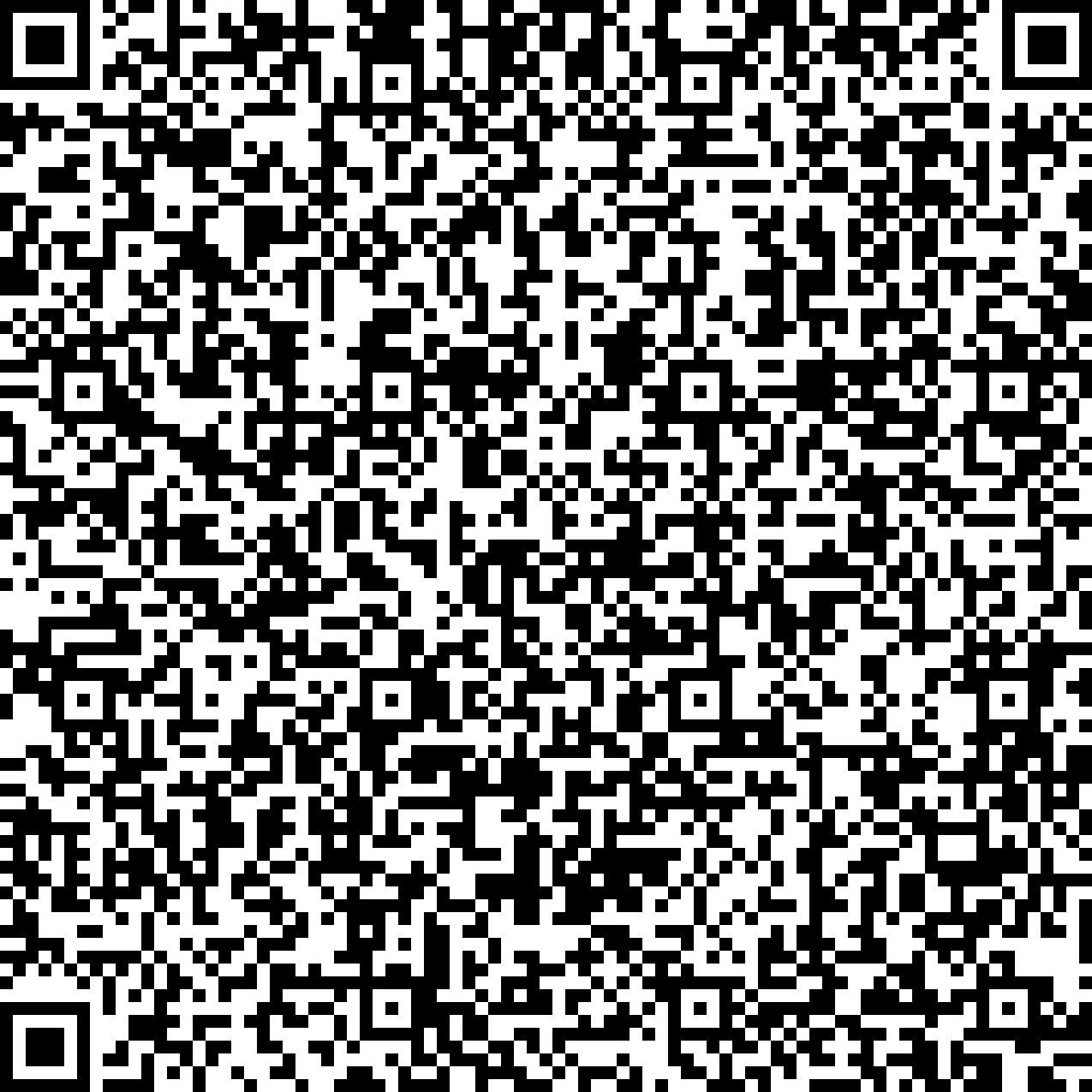


In this talk I will discuss the magnetic properties of a Quantum Magnet and the formalist of the BEC of magnons in the system. In the first part of the talk I will present magnetization measurements performed at very low temperatures of the tetragonal organic system (known as DTN) which is a quantum magnet where the Ni atoms are weakly coupled forming S = 1 chains along the crystallographic c axis. At the second part I will explain the main characteristics of the in a Faraday Magnetometer (FM) setup, as well as the common experimental problems. I will also talk about phase transitions in different paramagnets and other systems which present similar phenomena. We have performed several isofeld M(T) and isothermal M(H) magnetization measurementsto obtain a magnetization grid M(T;H) across the magnetic phase diagram. The idea behind is to investigate the existence of a possible quantum critical point at the critical field 2 T. Such a quantum critical point belongs to the d = 3 and z= 2 universality class and the following theoretical laws are predicted.



In this talk I will discuss the magnetic properties of a Quantum Magnet and the formalist of the BEC of magnons in the system. In the first part of the talk I will present magnetization measurements performed at very low temperatures of the tetragonal organic system (known as DTN) which is a quantum magnet where the Ni atoms are weakly coupled forming S = 1 chains along the crystallographic c axis. At the second part I will explain the main characteristics of the in a Faraday Magnetometer (FM) setup, as well as the common experimental problems. I will also talk about phase transitions in different paramagnets and other systems which present similar phenomena. We have performed several isofeld M(T) and isothermal M(H) magnetization measurementsto obtain a magnetization grid M(T;H) across the magnetic phase diagram. The idea behind is to investigate the existence of a possible quantum critical point at the critical field 2 T. Such a quantum critical point belongs to the d = 3 and z= 2 universality class and the following theoretical laws are predicted.